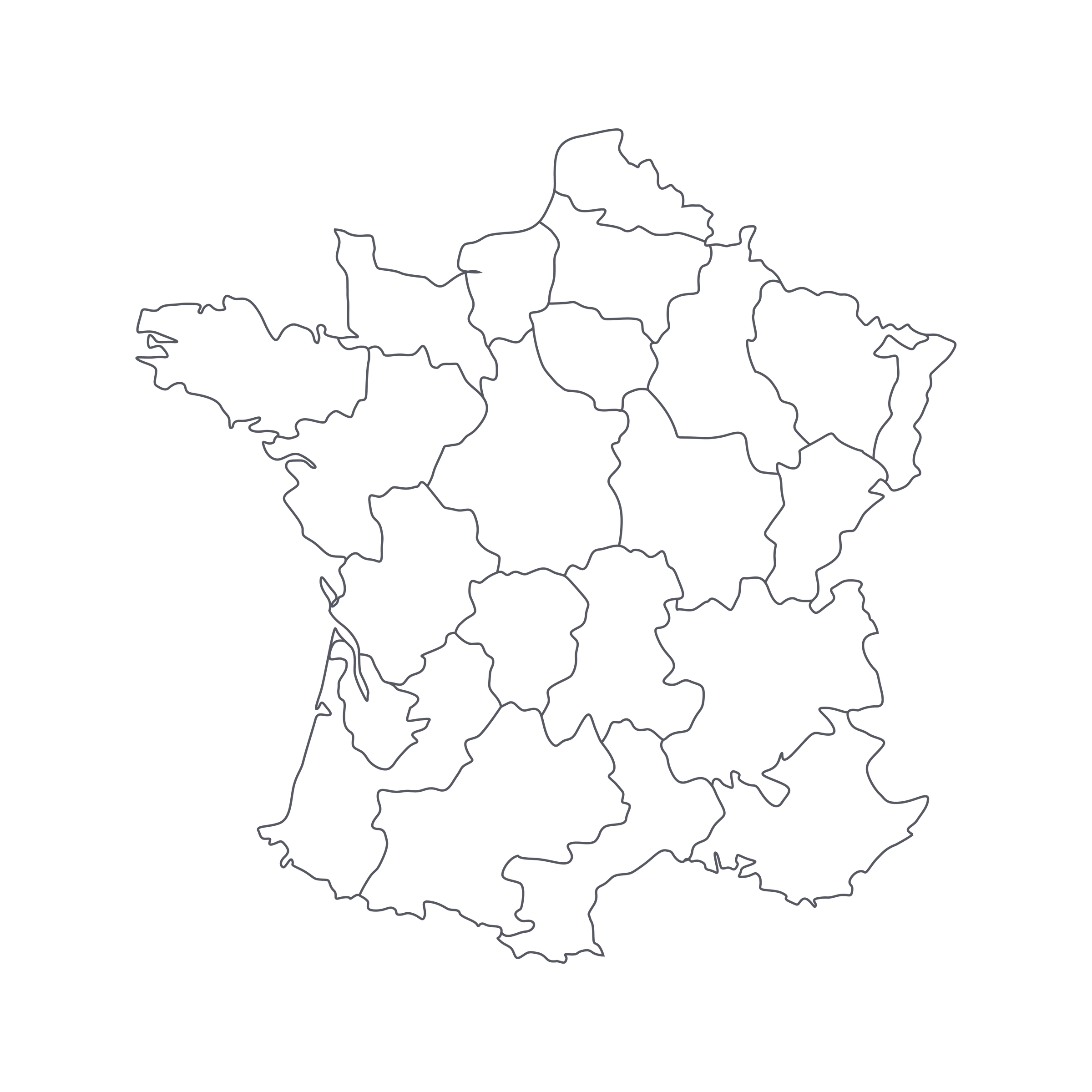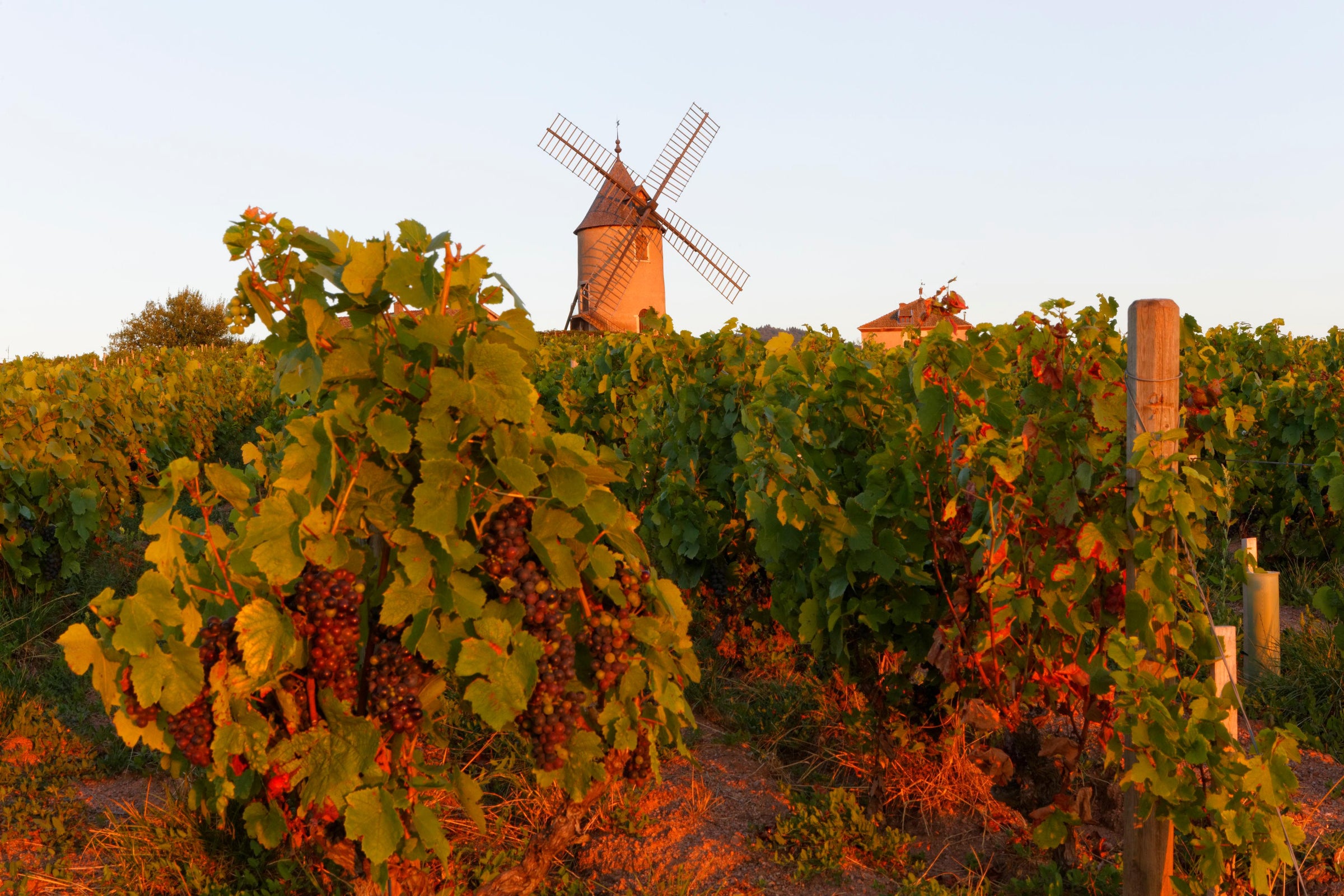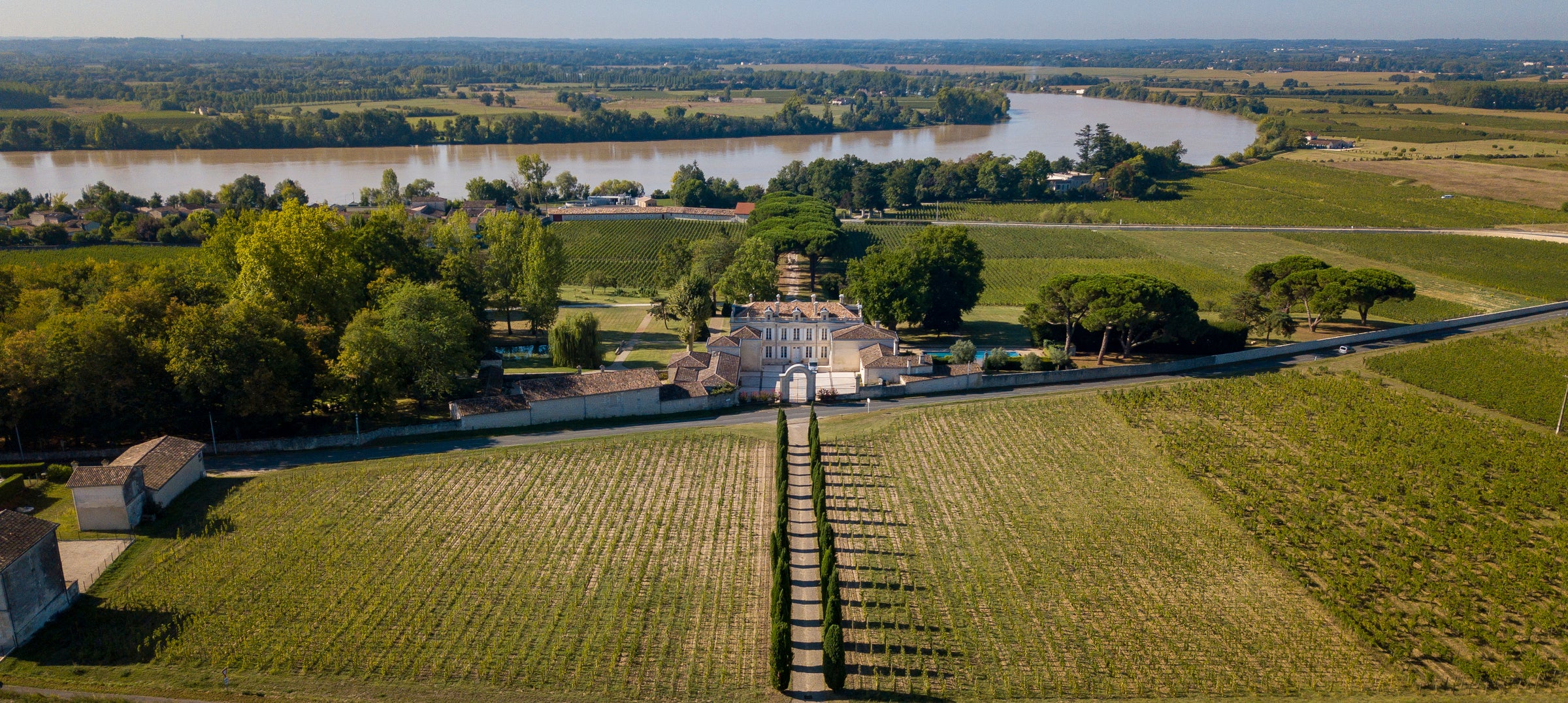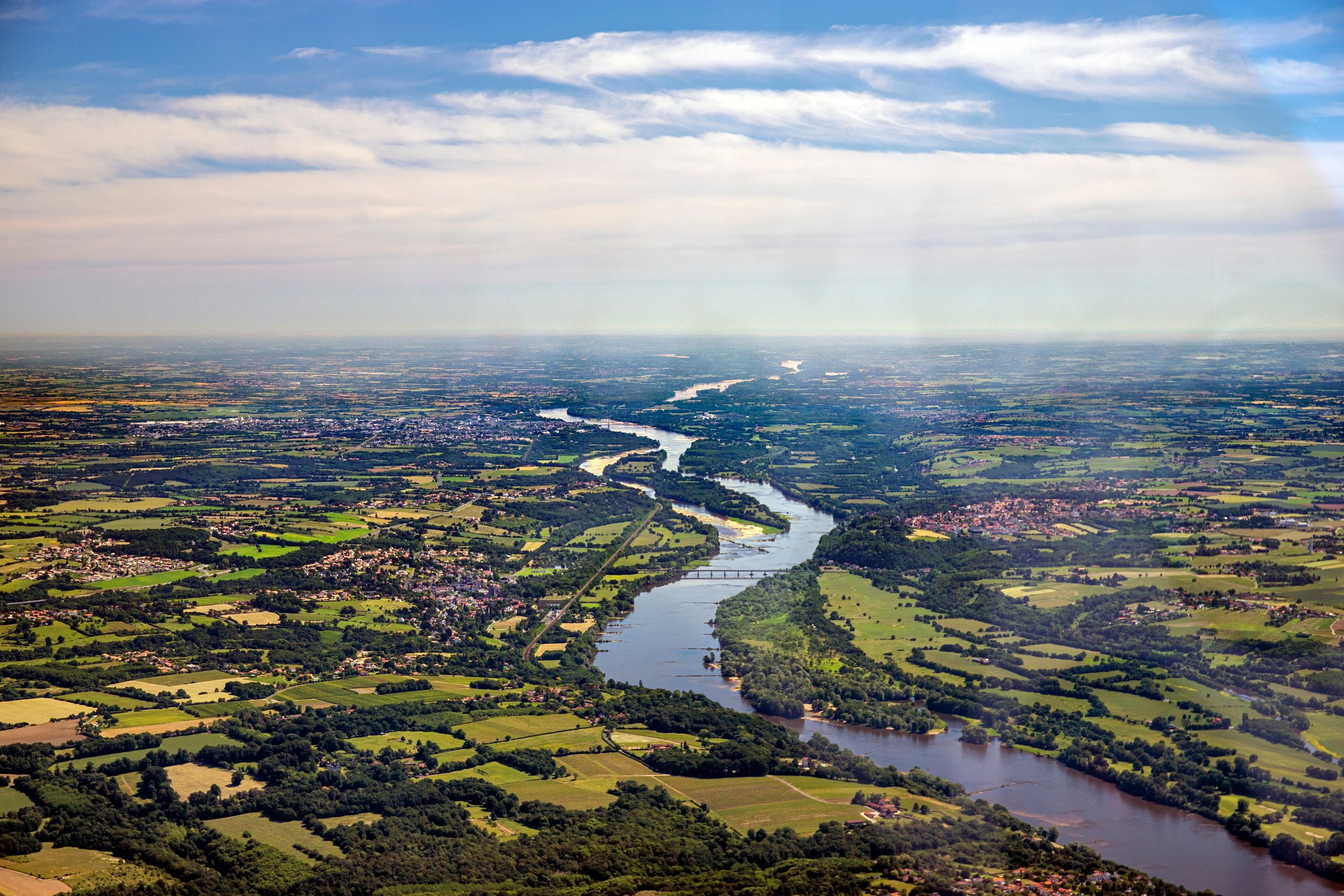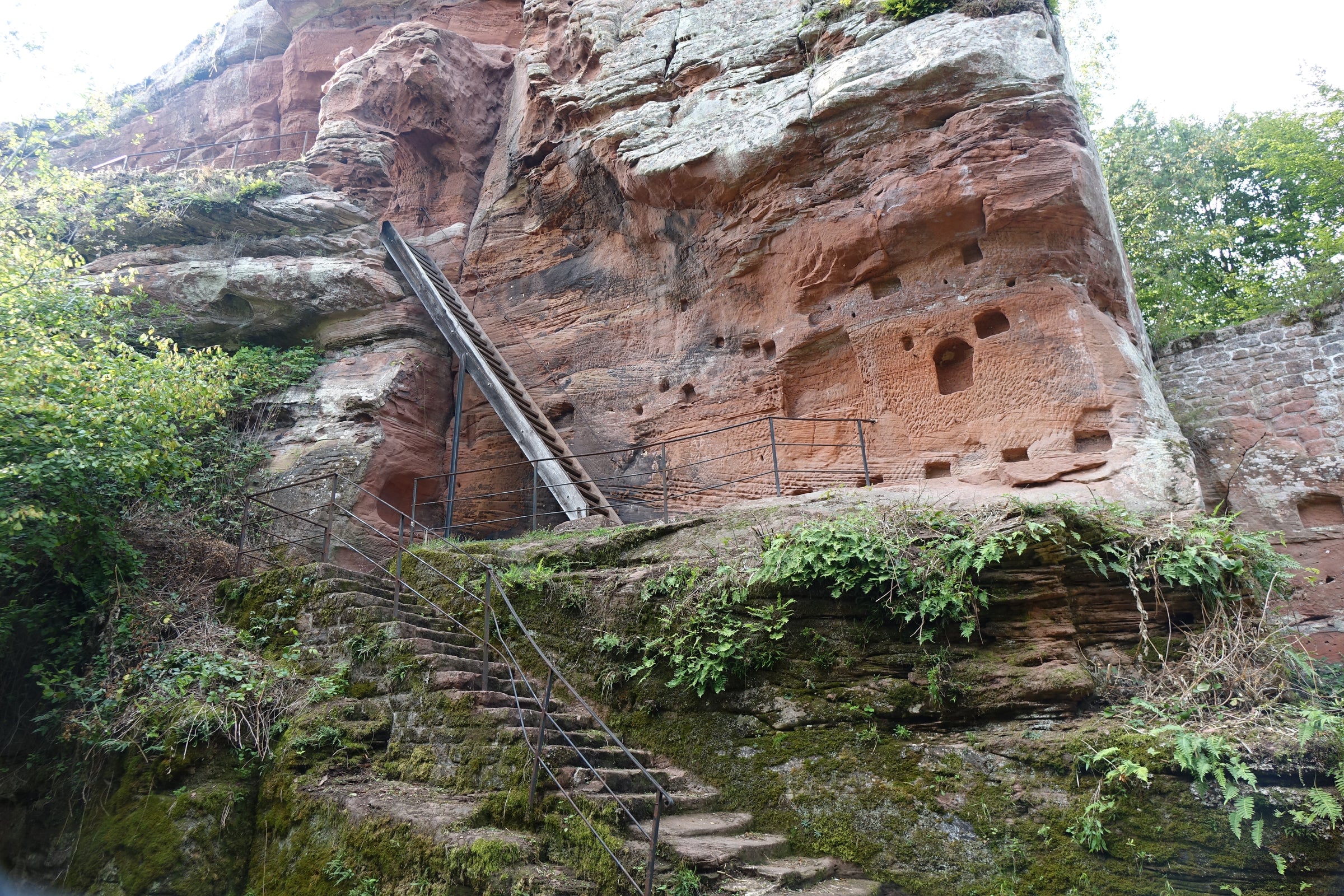Here we are, smack dab in the middle of spring with summer just around the corner. It’s when our taste buds start to yearn for clean, crisp wines to match lighter, more refreshing fare. And while it’s hard to avoid being seduced by the battalion of newly minted rosés crowding the shelves at every outlet, I’m compelled to remind you of an equally suitable companion for the season: Muscadet!
This oft-overlooked and delightfully affordable wine, made solely from the Melon de Bourgogne grape in Loire Valley’s westernmost limits, is among my perennial favorites to uncork in this weather. Today’s 2019 Muscadet Sèvre-et-Maine is a lip-smacking gem from Stéphane Orieux of Domaine de la Bregeonnette, a pioneering estate dedicated to organic viticulture dating back to the 1960s. It’s loaded with citrusy-salty aromas and layers of crisp, creamy, mouthwatering flavors on the palate—just a perfect example of a refreshing, maritime-influenced French wine. At just $22, I suggest scooping up a bundle because this is about as easy-drinking and terroir-driven as it gets!
Southeast of the city of Nantes, straddling the Sèvre and Maine rivers which feed the Loire, the terrain transforms into a hidden network of rivers, villages, trees, and vineyards—lots and lots of vineyards. This is the Muscadet Sèvre-et-Maine AOC, where a small band of dedicated growers has championed conscientious farming and meticulous production over the last two decades. In doing so, they have reinvented the region’s profile and more specifically, established a new narrative for Muscadet and their beloved Melon de Bourgogne. There are two given factors to this success story. First, the multifaceted terroir of Sèvre-et-Maine is born from myriad soil types loaded with combinations of marine fossils, clay, gneiss, granite, and schist. Second, Melon de Bourgogne shows extraordinary transparency in communicating both the soil character and the local climatic conditions. Match that with growers committed to organic viticulture, and you’ve got the makings of glorious Muscadet.
Stéphane Orieux represents the third generation of a visionary grower family in Vallet, a village in the heart of the Sévre-et-Maine appellation. Initially, his grandfather settled on a five-hectare vineyard in 1946 but it was Stéphane’s father, Joseph Orieux, who later enlarged the estate by acquiring Domaine de la Bregeonnette, which consisted of vines, various crops, and livestock. Joseph began experimenting with natural pest control in the vineyard and, upon seeing the devastating effects of chemical use, became one of the pioneers of organic farming in the Nantes region. In the late 1960s, he was an early practicing member of “L'Agriculture Biologique,” and that ultimately led to Ecocert certification in 1992. Today, only a handful of producers out of many, many hundreds actually have a full certification.
Stéphane took over the estate in 1997, suspended the livestock breeding, and extended the surface area of the vineyard to 14 hectares. With nearly three decades of organic farming experience, Stéphane is widely considered an expert and guiding light for many local growers—including Marc Ollivier from famed Domaine de la Pépière, who freely admits, “this is where I go when I have questions about sustainable farming.” The main focus of production here is today’s Muscadet Sévre-et-Maine from vineyards planted in mica-schist soils, ranging from 20-40 years of age. Entirely hand-harvested, carefully sorted, and gently pressed, the wine undergoes a natural fermentation and remains on its lees for about 10 months in underground glass tanks. Most Muscadet, including this one, is aged sur lie, or “on its lees”—the fine sediment of yeast cells and other particles remaining after fermentation. This age-old technique lends a slight richness and intensity to the wine, and helps preserve freshness.
Displaying a lemon-gold hue with pale green highlights, this 2019 Muscadet bursts from the glass with captivating aromas of candied lime, white peach, lemon, lees, bitter herbs, and fennel. A second swirl and sniff reveals hints of chamomile, grey salt, fresh almonds, and river rocks. Snappy and brisk, the palate immediately provides clean, mineral-driven flavors of yellow apple, stone fruits, and lemongrass. The slight leesy texture and subtle flavors echo back and forth, leaving lingering impressions long past the finish, marked by a note of lemon zest and smoky minerality. Serve at 45 degrees in all-purpose stems and put aside, for now, the temptation to pair with the all-too-cliché platter of raw oysters. Don’t underestimate the versatile, chameleonic nature of Muscadet when it comes to food pairing! Cheers!
